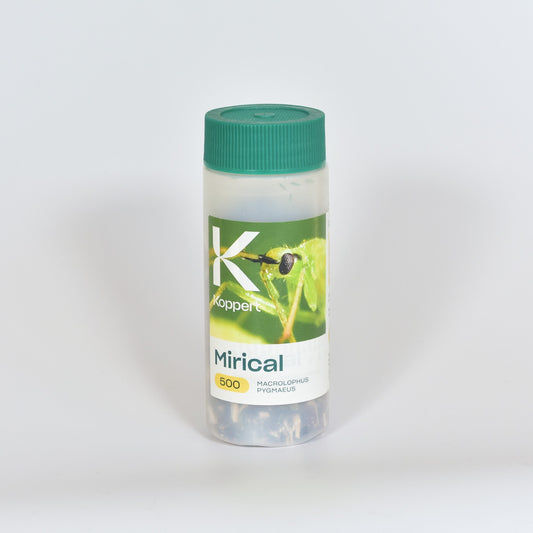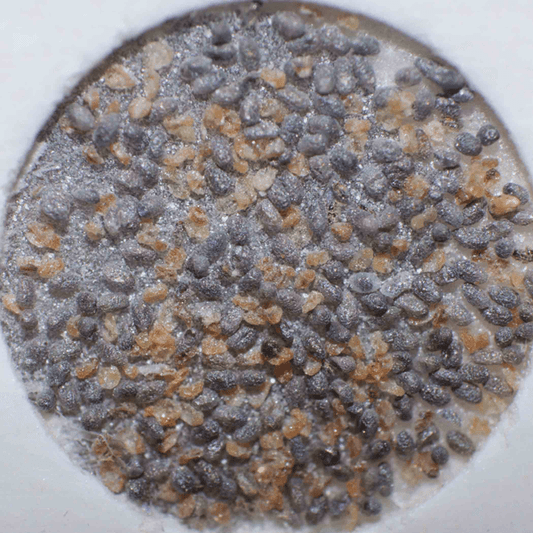
How to recognize the silver Y moth
The silver Y moth isbrown moth that is often difficult to find. Its size varies between 40 and 50 mm. In rest, the wings are positioned upwards in a roof-like position. The front wing is gray-brown and has a characteristic yellow-white spot. The moths fly both during the day and at night. Caterpillars are mainly active during in the evening. The white-green eggs are deposited on the underside of the leaves. Caterpillars are 40 mm long and their body narrows towards the front. Near the head two dark stripes can be seen. Caterpillars are light green with narrow with back stripes alongside both sides. Along the stigmata a slightly wider white stripe is visible. Pupation happens in white, loose web on the leaf. The silver Y moth is migratory, but sometimes overwinters as caterpillar or pupae in greenhouses.
Silver Y moth damage and distribution
The caterpillars are voracious and chew irregular holes in leaves. Large stages can eat entire leaves and petioles. The caterpillars are mostly active during the evening.
Products against Silver Y moth
-
Silver Y moth life cycle
about 250 eggs per female
caterpillars occur from May until October
pupates in silver-grey cocoon
several generations per year -
Silver Y moth host plants
strawberry
egg plant
tomato
herbaceous plants, such as clover and blackberry
-

Silver Y moth caterpillar
-

Silver Y moth





